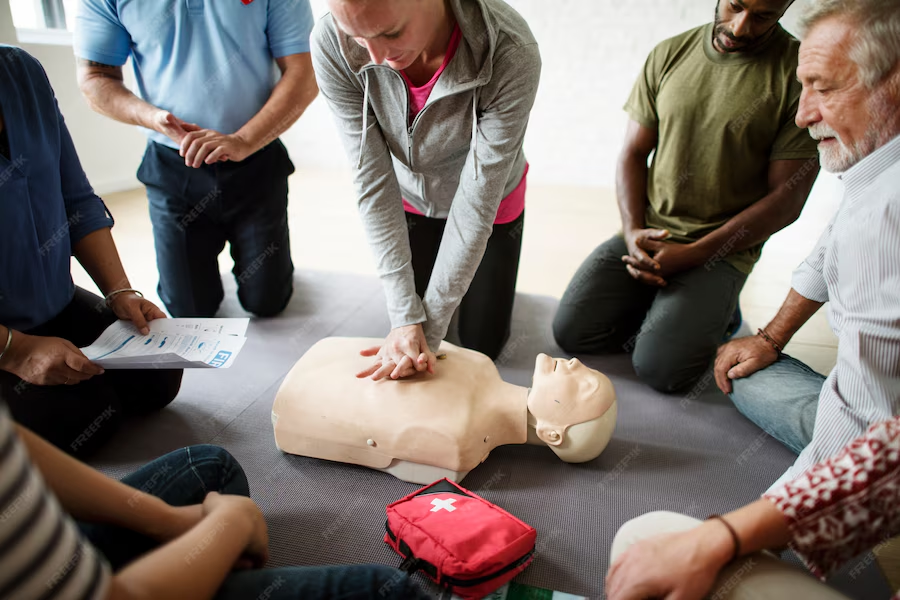An emergency clinic provides immediate medical attention for urgent and life-threatening conditions, making sure patients receive care without delay. Equipped with trained professionals and advanced diagnostic tools, these facilities can quickly assess, stabilize, and treat severe injuries or sudden illnesses. Here’s how an emergency clinic addresses life-threatening situations:
Triage and Initial Assessment
The triage system forms the backbone of emergency clinic operations during urgent situations. When patients arrive at an after-hours clinic, trained medical staff quickly evaluate their condition. This assessment determines which patients need immediate attention and which ones must wait.
Medical professionals use specific criteria to categorize patients based on their symptoms and medical conditions. A person experiencing chest pain, severe bleeding, or difficulty breathing moves to the front of the line. Someone with a minor cut or cold waits longer. This system makes sure the patients with urgent conditions receive care first. The initial assessment also involves checking health signs like blood pressure, heart rate, and breathing.
Immediate Stabilization
Once medical staff identify a life-threatening situation, they focus on stabilization. This process involves three key areas that doctors call the ABCs: airway, breathing, and circulation. These steps happen quickly and often at the same time.
Healthcare workers first make sure the patient’s airway remains open. If something blocks the airway, it is removed or medical devices are used to help. Next, they check if the patient is breathing properly and provide oxygen if necessary. Finally, they examine circulation to make sure blood flows throughout the body.
The immediate care clinic team also addresses other urgent problems during stabilization. They stop severe bleeding by applying pressure or using special techniques. If someone is unconscious, staff at the emergency clinic work to determine the cause and provide appropriate treatment. Pain management becomes a priority to keep patients comfortable during treatment.
Further Treatment and Procedures
After stabilization, the urgent medical center team performs further treatments based on the specific emergency. The type of care depends on the equipment available at the clinic and the severity of the patient’s condition. Some situations require medications, while others need medical procedures.
Medical staff may administer medications through an IV to work more quickly. They also perform diagnostic tests, such as X-rays or blood work, to better understand the problem. These tests help doctors determine the most effective treatment for each patient. Some emergency clinics have advanced equipment that allows them to handle more complex situations. Others focus on stabilizing patients before sending them to hospitals.
Coordination and Follow-Up Care
Emergency care centers work closely with hospitals and other medical facilities during life-threatening situations. When a patient requires care that exceeds the clinic’s capabilities, staff members coordinate transfers to suitable facilities. This teamwork makes sure patients receive the right level of care.
The coordination process involves calling hospitals, sharing medical information, and arranging transportation. Emergency medical technicians or ambulances often handle these transfers. The clinic staff provides detailed information about what treatments they have already given and what the patient still needs. Follow-up care planning starts even during emergency treatment. They also schedule follow-up appointments when needed and provide information about warning signs to watch for at home.
Visit an Emergency Clinic Near You
Emergency clinics play a fundamental role in handling life-threatening situations through their organized approach to urgent care. From triage and stabilization to coordination with hospitals, these facilities provide fundamental services when people need them most. Understanding how immediate care clinics work helps families prepare for medical emergencies. Visit an emergency clinic near you to familiarize yourself with the clinic and professional services ahead of emergencies.









Leave a Reply